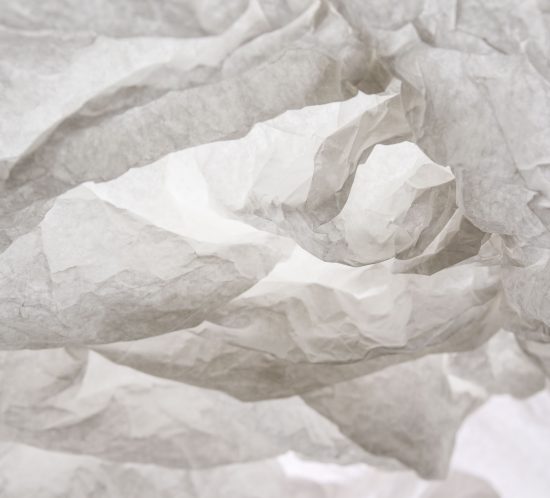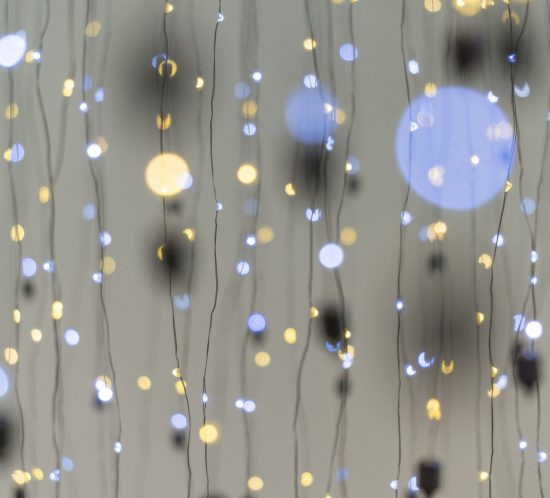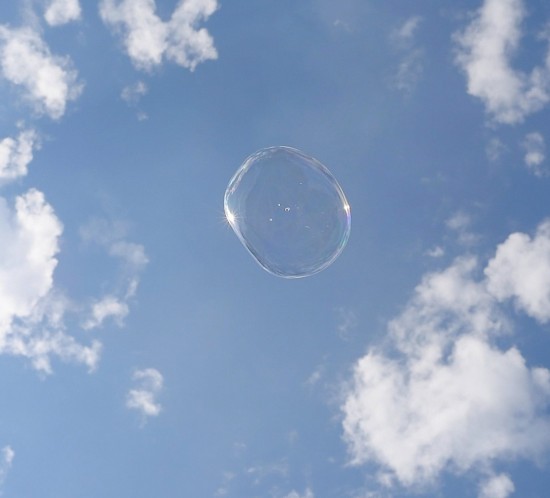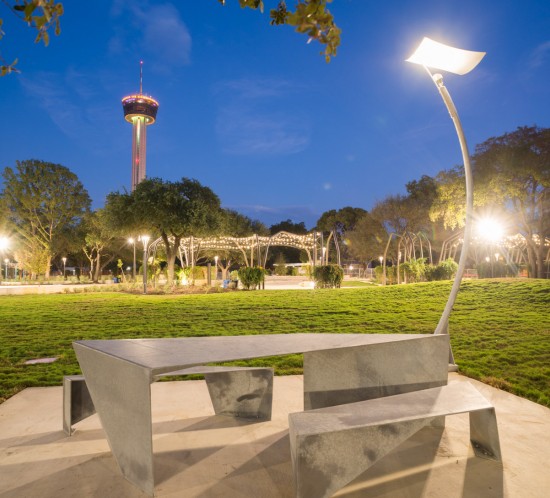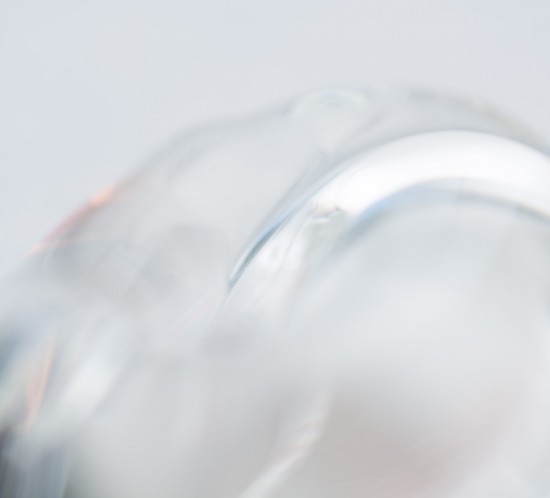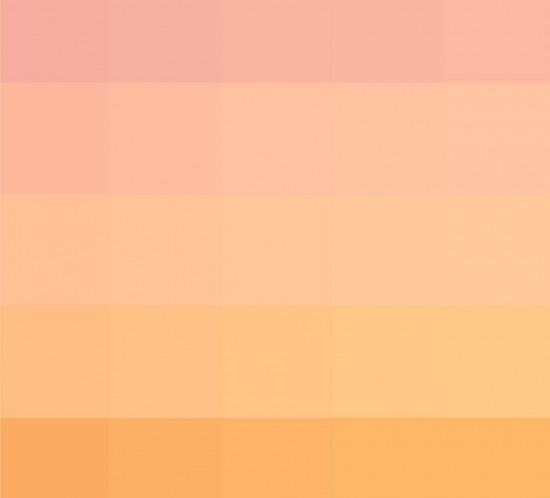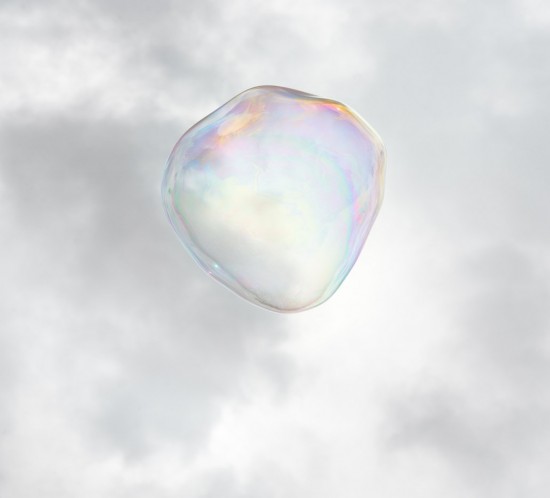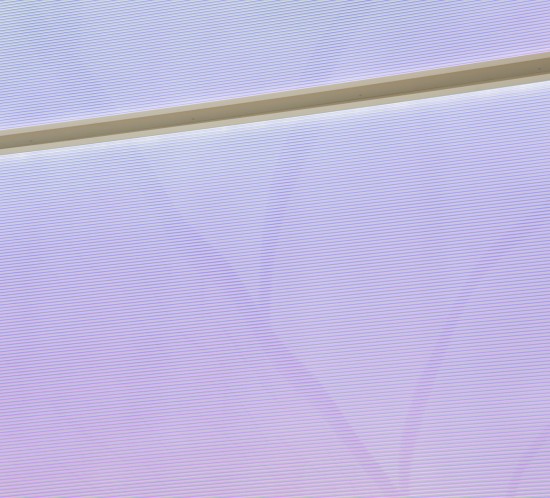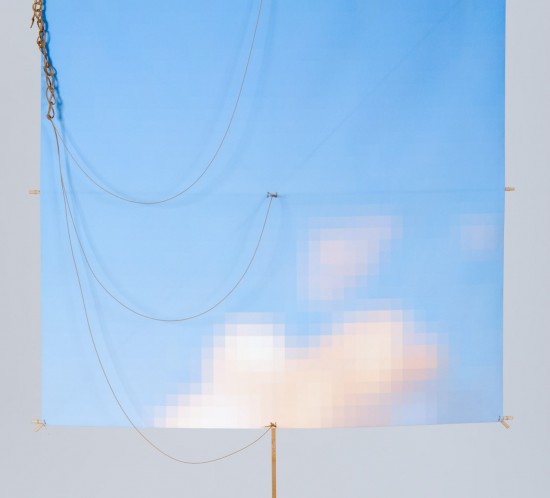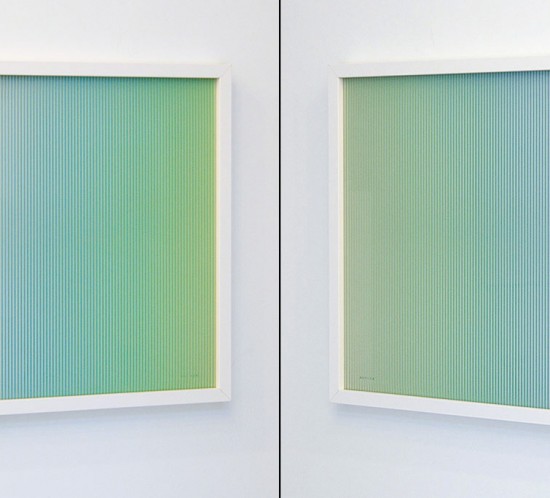Paper Sky
Paper Sky, 2016
bond paper, wire, staples, LED lights
25′ x 12.5′ x 5′
Temporary installation: AP Art Lab, San Antonio, TX
Designed by Stuart Allen, Cade Bradshaw and Robert Amerman, Paper Sky was created by a group of 13 artists and non-artists. Participants created 18 paper modules that make up the final installation. Adhering to specific structural constraints, each module exhibits individual artistry in the variety of folds and contours. Constructed with humble materials – bond paper, wire and staples (lots and lots of staples) – the completed installation is surprisingly transformative. Building on the strength found in numbers, the group’s collective effort yields a result that is greater than the sum of its parts.
The makers of Paper Sky are friends and colleagues. This piece is made by their hands and energy. They are:
Vincent Allen-Lyons
Robert Amerman
Bryce Harlow
Alan Janzen
Megan DeMers Janzen
Kelly Lyons
Teresa Maslonka
Kristen Payne
Nick Polito
Christina Scott
Matthew Scott

